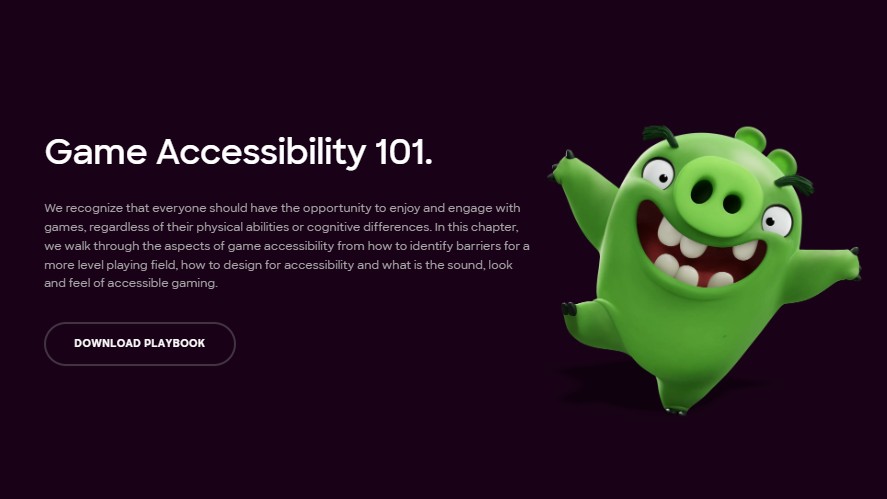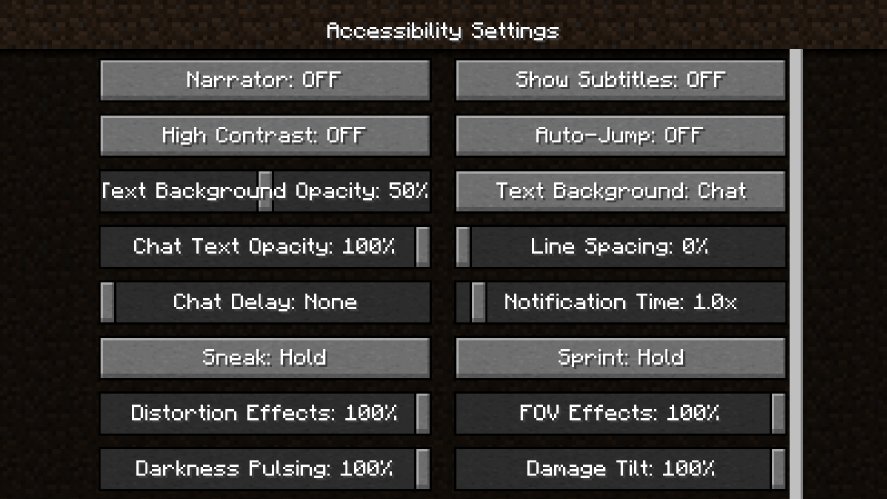In recent years, diversity, equity, and inclusion (DEI) have become integral aspects of game development.
These principles promote a welcoming gaming community where all players, no matter what their age, gender, sexuality, or region, can feel themselves included and represented.
By embracing DEI, game developers can design games that approach a wide range of players. This not only expands the market reach of the game but also makes the gaming experience more enjoyable for everyone involved.
In this article, we’ll find out how to create video games that are inclusive for every player.
Table of contents
Understanding Diversity in Game Development
Designing inclusive games requires a long process in which developers craft characters and video game narratives to adapt to the diversity of players.
During this game development process, it is important to understand diversity along with other key terms like:
- Diversity: This term indicates that developers create game designs to cater to different types of people who play games. There is no distinction, regardless of age, gender, origin, or if they have any disabilities.
- Equity: Equity is about making sure everyone gets treated fairly and has the same chances. This means games are developed to give everyone resources and opportunities to gain benefits from the game, regardless of their backgrounds.
- Inclusion: This is the act that brings all gamers into the whole world of gaming and makes sure everyone enjoys playing without feeling left out. In contrast to exclusivity, inclusivity means designing games and communities to welcome everyone, regardless of differences.
- Accessibility: This means making things easy for everyone to use, especially for people with disabilities. In games, it involves adding features like subtitles, customizable controls, and options for colorblind players so differenct audiences can play and have fun.
The Curb Cut Effect
Regarding discussing inclusivity and diversity in video games, we should mention the Curb Cut Effect and its impact on game design.
Curb Cut Effect refers to the idea of helping a group of vulnerable people, such as disabled people, that ends up benefiting all. It started with ramps for sidewalks to help people on wheelchairs cross the street easily.

But guess what? It also helps other people, such as parents with strollers or delivery workers with carts.
Similarly, in game design, this means adding a feature to help a specific group of players solve their problems, but other people benefit from this, too.
For example, developers provide subtitles for those who can’t hear, but this feature is also helpful for those who are playing in a second language.
Frameworks for Inclusive Game Design
We all know that achieving game inclusion is a big goal for developers, which means designing games for everyone, regardless of their backgrounds.
However, it’s easier for the design team to break it down into two types of actions:
Framework for Accessibility
This framework provides strategies for game developers to create games that are accessible to players with diverse needs and abilities.
Considerable needs of players include:
- Visual Needs: Players who have trouble seeing things, like those with low vision, legal blindness, complete blindness, or color blindness.
- Hearing: Players who have trouble hearing, like those with hearing loss, hard hearing, or deafness.
- Motor: Players who have trouble moving or controlling their bodies, like those with cerebral palsy, shaky hands, trouble moving, or muscle problems.
- Cognitive: Players who have trouble thinking or remembering things, like those with learning disabilities, trouble learning, or mental health issues.
Framework for Diversity
This framework focuses on presenting a wide range of backgrounds and experiences in-game content to adapt to a diverse audience.
These aspects include:
- Team Building: Bring together diverse teams of developers with varied backgrounds, perspectives, and skills to ensure inclusive game development.
- Intent & Inspiration: Explore diverse cultural influences and sources of inspiration to create meaningful game content that resonates with players from different backgrounds.
- World Building: Design rich and immersive game worlds that reflect the diversity of real-world cultures and societies.
- Access & Support: Implement features and resources that support and accommodate players from diverse backgrounds.
Best Practices from Industry Leaders
To truly create inclusive games that reach and positively impact people, we can’t solely learn and practice. It’s also essential to explore the best practices of game industry leaders in promoting inclusivity in game development.
One prominent material that you should never ignore is Rovio’s Playbook for Inclusive Game Development and Marketing.
This is akin to the guidebook that helps all game developers create games and promote them in a way that includes everyone.

In this book, there are various best practices and collective insights from Rovio’s employees, whose lessons you can learn and adopt.
Furthermore, Unity and Microsoft, which are industry leaders, also contribute their ways of developing accessible games.
Unity offers a free online practical course in this aspect. The course teaches game developers how to make game publishing that works well for almost all kinds of players.
On the other hand, Microsoft supports accessible gaming with similar practices. They offer an online course called “Gaming Accessibility Fundamentals” and a design toolkit to help developers make games more inclusive.
Challenges and Solutions in Narrative Design
Designing inclusive video games can be tough as it requires developers’s effort to create diverse narratives and characters that resonate with wide audiences.
This causes a big challenge to game creators as they have to bring video game diversity right into the stories and characters.
In other words, developers have to present different cultures, genders, races, and perspectives accurately, which requires lots of research and deep understanding.

So, to overcome these challenges, you, as a game developer, can adopt several strategies.
Firstly, it’s recommended to conduct research and consult with people who are in the communities or have backgrounds that they want to present in the games.
Or you can collaborate with diverse teams of writers, artists, and others who have different backgrounds and experiences for more nuances of characters and storylines.
The second strategy is to focus on specifics, not stereotypes. In other words, you should avoid strictly relying on stereotypes and, instead, create characters and stories that feel true to life.
For example, instead of showing a character in a way that fits a stereotype based on their culture or background, you can look at what makes that character unique.
Hiring for Diversity
Building diverse teams can contribute significantly to making inclusive games and increasing diversity in games.
The more diverse your team is, the more perspectives, ideas, and backgrounds you’ll gain, which enriches the creative process and leads to better game design.
Moreover, as diverse teams are better equipped to understand and cater to the needs of diverse audiences, the created games are more likely to resonate with players from different cultures, genders, ages, and abilities.

Because a diverse team is important to promote diversity within development teams, it is necessary to ensure fair hiring practices. This means giving everyone an equal chance to join the team, no matter who they are.
One interesting strategy is blind recruitment.
This involves replacing all the background information in the resume, such as names, ages, genders, and regions, with placeholders. By doing this, the interviewer can assess candidates based solely on their experience.
Case Studies of Inclusive Video Games
In the world of gaming, there are some notable titles that successfully incorporate diversity and accessibility into their gameplay experiences.
One notable example is The Last of Us Part II.
It has accessibility features for all players to engage in, including those with visual or hearing impairments. The game has features such as customizable controls, high-contrast displays, text-to-speech, and audio cues.
Likewise, Celeste is an indie game example that gains attention thanks to adding adjustable game speed features to assist players with motor disabilities.
By offering this, Celeste ensures that all players with disabilities can feel themselves truly included and represented in the game world.

Another game, Minecraft, also has excelled in providing accessibility features to cater to players with disabilities.
Features like subtitles, text-to-speech, colorblind options, and fine motor control settings have been added to assist disabled people throughout the game.
Conclusion
It is obvious that diversity and inclusivity are the keys to game development nowadays.
By catering to all kinds of players with different stories, characters, and accessibility options, game developers can foster a sense of belonging within players.
However, promoting diversity isn’t something that can be done once and gain rewards. It is an ongoing journey that requires effort, practice, and adjustments to make gaming welcoming for everyone.

